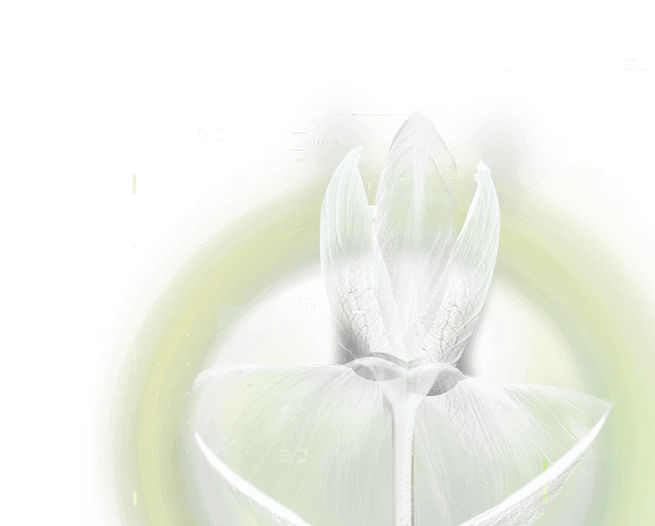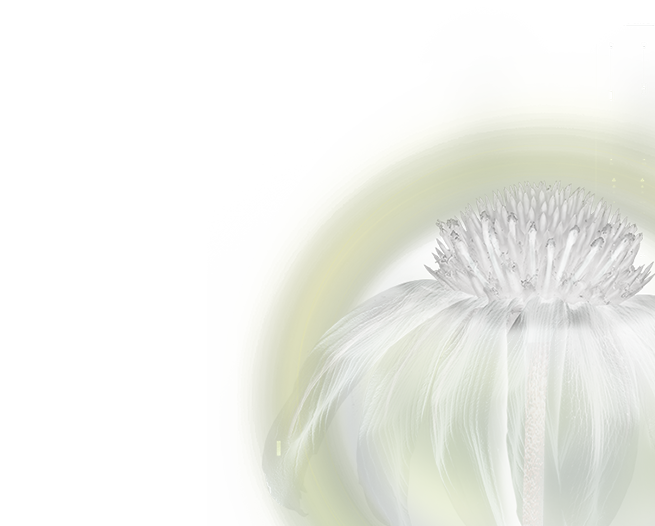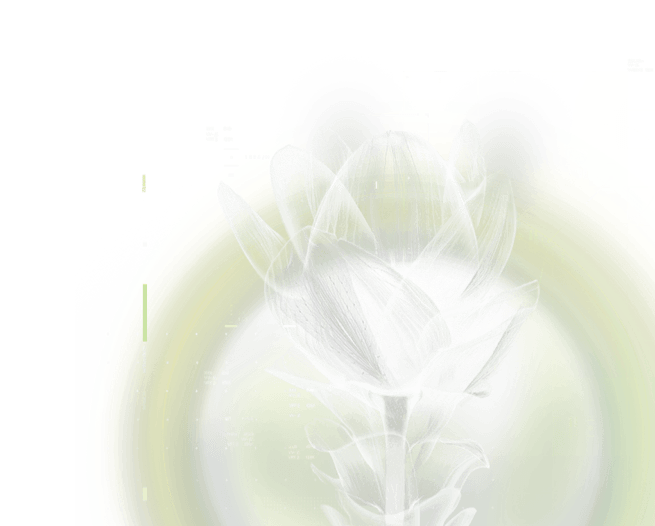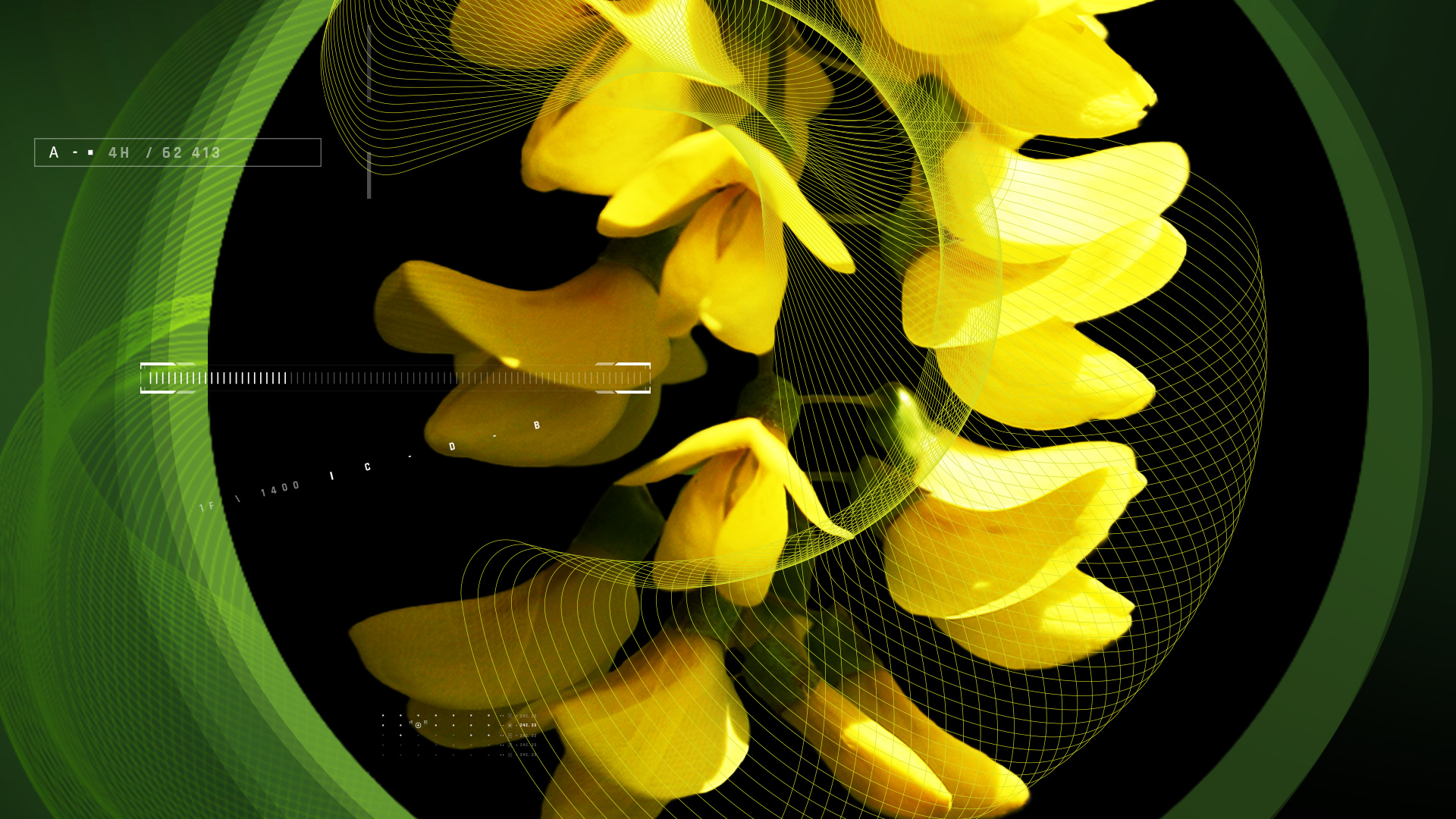Browse all Indena’s documents about products, events, company information and so much more.
Go to sectionThe Active Ingredient
Cytisine, used as antismoking agent, with a defined origin, a controlled and fully traced biomass supply chain.
Botanical Origin
Laburnum anagyroides Medik. (Fam. fabaceae)
Type
Pure Molecule
Plant source
Health benefit
Antismoking agent
Assay
Pure compound
Broad category
A natural aid to quit smoking
Cytisine, also known as cytisinicline, is a quinolizidinic alkaloid that occurs naturally in several plant genera, including Laburnum and Cytisus in the Fabaceae family.
Laburnum anagyroides, in particular, is a deciduous tree or large shrub that grows up to seven meters tall; it is widespread in Europe, as both a spontaneous and an ornamental cultivated species. In May and June, it blooms with densely packed, pendulous yellow flowers which have inspired its common names “golden chain” and “golden rain”.
Like many plants in the pea family, Laburnum anagyroides also grows legume pods. These contain numerous black seeds, which are toxic and somewhat poisonous.
Today, we know these seeds contain up to 1.5% cytisine, which explains a variety of uses people made of the plant over time. There are testimonies that Native Americans used biomasses containing cytisine as a traditional medicine to induce vomiting and diarrhea, and that Russian soldiers during World War II smoked golden chain leaves when short on tobacco. In fact, some found they no longer felt the urge to smoke cigarettes again after that.
The mechanism behind that is based on cytisine’s ability to bind with high affinity to the nAChRs subtype of the body’s nicotinic acetylcholine receptor, leading to the release of dopamine. It virtually “disarms” the receptor subtype implicated in the development and maintenance of nicotine dependence.
Indeed, cytisine has been sold in Eastern Europe as an aid to help people quit smoking since the 1960s, despite the lack of clinical studies. In Western countries, it has been offered in galenic preparations in Italy since the mid-2010s, and under the trademark Cravv® as a natural health product in Canada.
Indena’s cytisine leverages the botanical power of Laburnum anagyroides against the habit of smoking, while guaranteeing a defined botanical origin and controlled, fully traced biomass supply chain.





